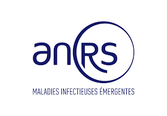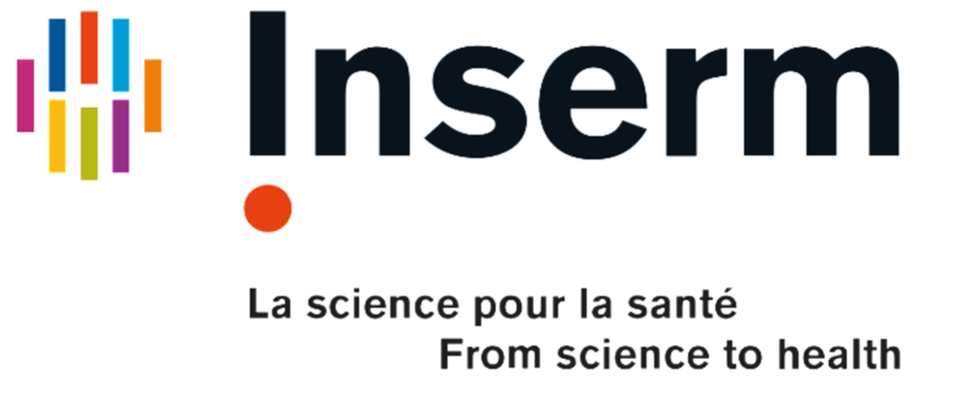ESCAPE |
ESCAPE – Efficient and rapidly SCAlableEU-wide evidence-driven Pandemic response plans through dynamic Epidemic data assimilation
ESCAPE is a research project funded by the European Union. ESCAPE aims at providing a science-based blueprint for faster and better decision-making. This will enhance Europe's preparedness for a pandemic of pathogen X.
|
|
|
|
VERDI |
VERDI – SARS-CoV-2 variants Evaluation in pRegnancy and paeDIatrics cohorts
VERDI is a research project funded by the European Union. VERDI prioritises pregnant women, children and high-risk populations in research on new SARS-CoV-2 variants of concern. It also focuses on preparedness for future infections outbreaks, building on experiences with COVID-19 and mpox. |
MPX-Spread |
MPX-SPREAD – Characterizing the spreading dynamics of 2022 monkeypox outbreak in France to aid public health policies
MPX-SPREAD is a research project funded by ANRS-MIE. MPX-SPREAD aims to characterize the epidemiology of the monkeypox outbreak in France, identify the mechanisms for the observed transmission dynamics, quantify the risk of spillover outside the population affected so far, and assess a portfolio of strategies for prevention and control to inform public health authorities. 2022 - 2024
Our role Coordinator |
|
|
|
EMERGEN MODVAR |
EMERGEN MODVAR - Estimating the characteristics of SARS-CoV-2 variants and modelling their impact on epidemic dynamics
EMERGEN MODVAR is a research project funded by ANRS-MIE. The EMERGEN project is based on a multidisciplinary consortium bringing together complementary expertise: sample collection, sample preparation for sequencing and sequencing, bioinformatics analysis of genomes, publication of data in national and international databases, analysis for monitoring purposes (Flash surveys) or risk analysis (classification of variants as worrying, to be monitored or under evaluation), possible discovery and functional characterization of new variants, research work on their epidemiological and functional impact.
|
mood |
MOOD – Monitoring outbreak events for disease surveillance in a data science context
MOOD is a research project funded by the European Union. The MOOD project aims to develop innovative tools for early detection of infectious diseases in Europe. It emphasizes cross-sectoral data sharing and collaboration for animal, human, and environmental health.
|
|
|
|
dataredux |
DATAREDUX – Big data reduction for predictive computational modelling
DATAREDUX is a research project funded by ANR. The project aims to reduce the complexity of large networked datasets while preserving their richness. It focuses on analyzing, representing, and interpreting meaningful structures within the datasets to create effective data-driven models of spreading phenomena at intermediate scales ("mesoscales"). The project seeks to enable better decision-making and provide actionable insights.
|
Previous grants
SPHINX – Spread of pathogens on healthcare institution network
2018-2023, WP leader, funded by ANR
COSCREEN – Design and evaluation of Covid screening strategies in various contexts based on empirical contact data
2021-2022, co-PI, funded by ANR
RECOVER – Rapid European SARS-CoV-2 Emergency Research response
2020-2022, team leader, funded by European Union
EVALCOVID-19 – Mathematical and computational modeling integrating real-time mobile phone data to evaluate interventions against COVID-19 pandemic in France
2020-2021, coordinator, funded by ANR
COVID-19 - WA – Expected impact of social-distancing measures in West Africa
2020-2021, coordinator, funded by Sorbonne University
REACTing – Research and Action targeting emerging infectious diseases, Role of superspreading events in COVID-19 epidemic
2020-2021, coordinator, funded by ANRS-MIE
REACTing – Research and Action targeting emerging infectious diseases, Connaissances, perceptions et comportements de la population générale et des professionnels de santé de France métropolitaine par rapport au coronavirus Covid-19
2020-2021, co-PI, funded by ANRS-MIE
REACTing – Research and Action targeting emerging infectious diseases, Importation risk to France and interventions to mitigate local transmission
2020-2021, coordinator, funded by ANRS-MIE
RISKFLOW – Uncovering HIV risk flow networks to improve current approaches for controlling HIV epidemics in sub-Saharan Africa
2020-2021, coordinator, funded by Sorbonne University
2018-2023, WP leader, funded by ANR
COSCREEN – Design and evaluation of Covid screening strategies in various contexts based on empirical contact data
2021-2022, co-PI, funded by ANR
RECOVER – Rapid European SARS-CoV-2 Emergency Research response
2020-2022, team leader, funded by European Union
EVALCOVID-19 – Mathematical and computational modeling integrating real-time mobile phone data to evaluate interventions against COVID-19 pandemic in France
2020-2021, coordinator, funded by ANR
COVID-19 - WA – Expected impact of social-distancing measures in West Africa
2020-2021, coordinator, funded by Sorbonne University
REACTing – Research and Action targeting emerging infectious diseases, Role of superspreading events in COVID-19 epidemic
2020-2021, coordinator, funded by ANRS-MIE
REACTing – Research and Action targeting emerging infectious diseases, Connaissances, perceptions et comportements de la population générale et des professionnels de santé de France métropolitaine par rapport au coronavirus Covid-19
2020-2021, co-PI, funded by ANRS-MIE
REACTing – Research and Action targeting emerging infectious diseases, Importation risk to France and interventions to mitigate local transmission
2020-2021, coordinator, funded by ANRS-MIE
RISKFLOW – Uncovering HIV risk flow networks to improve current approaches for controlling HIV epidemics in sub-Saharan Africa
2020-2021, coordinator, funded by Sorbonne University
EPIcx lab, 27 rue Chaligny, 75012, Paris, France
INSERM - Institut national de la santé et de la recherche médicale
Sorbonne Université, Faculté de Médecine
IPLESP UMR-S 1136, site Hôpital St Antoine
INSERM - Institut national de la santé et de la recherche médicale
Sorbonne Université, Faculté de Médecine
IPLESP UMR-S 1136, site Hôpital St Antoine














